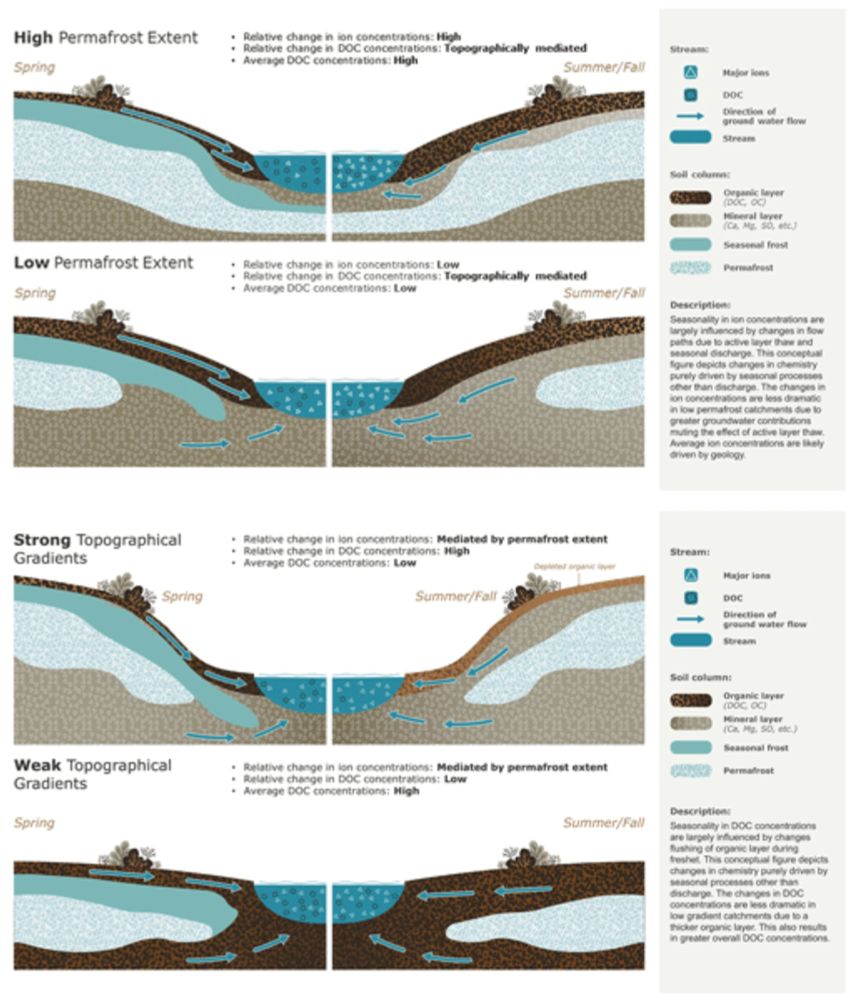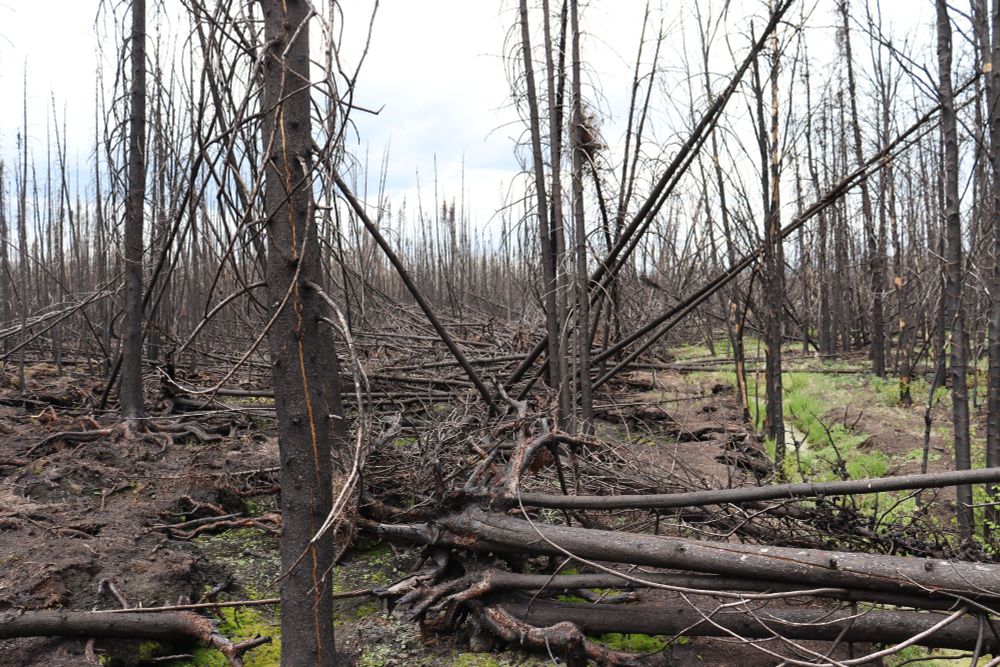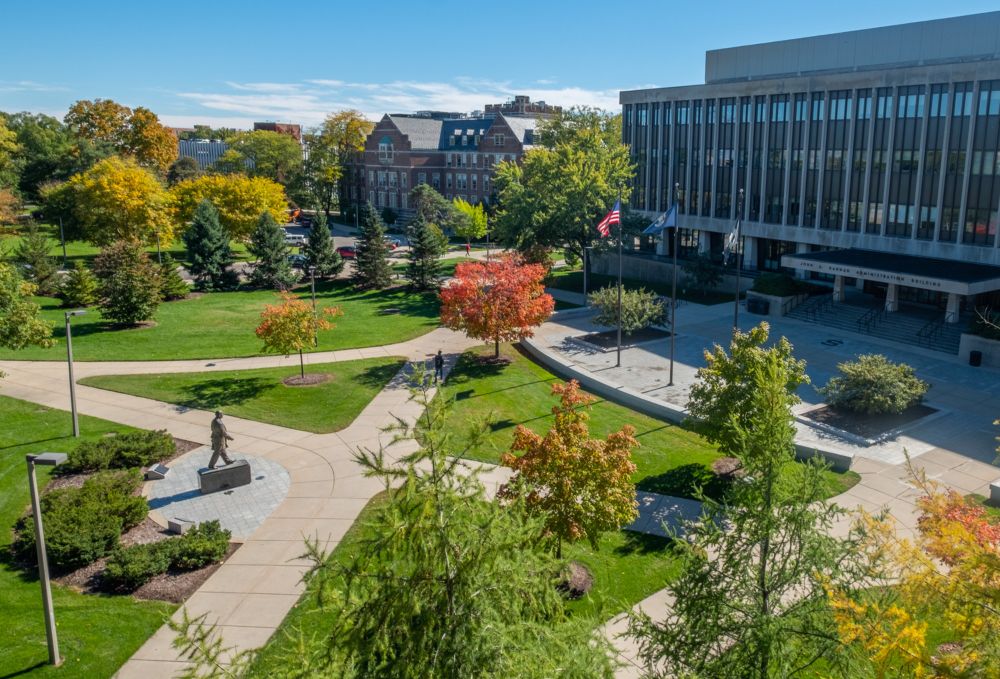Arsh Grewal
@akgrewal.bsky.social
85 followers
93 following
11 posts
Watershed Hydrologist | Postdoc in the Watershed Science and Ecohydrology lab at Michigan State University
Posts
Media
Videos
Starter Packs
Reposted by Arsh Grewal
Jay Zarnetske
@hydrodoctorj.bsky.social
· Aug 29
Reposted by Arsh Grewal
Arsh Grewal
@akgrewal.bsky.social
· Jun 13
Arsh Grewal
@akgrewal.bsky.social
· Jun 13
Arsh Grewal
@akgrewal.bsky.social
· Jun 12
Arsh Grewal
@akgrewal.bsky.social
· Jun 12
Arsh Grewal
@akgrewal.bsky.social
· Jun 12

The role of catchment characteristics, discharge, and active- layer thaw in seasonal stream chemistry across 10 permafrost catchments
Abstract. High-latitude catchments are rapidly warming, leading to altered precipitation regimes, widespread permafrost degradation, and shifts in stream chemistry across major arctic rivers. In headw...
hess.copernicus.org
Arsh Grewal
@akgrewal.bsky.social
· Feb 22
Reposted by Arsh Grewal
Reposted by Arsh Grewal





